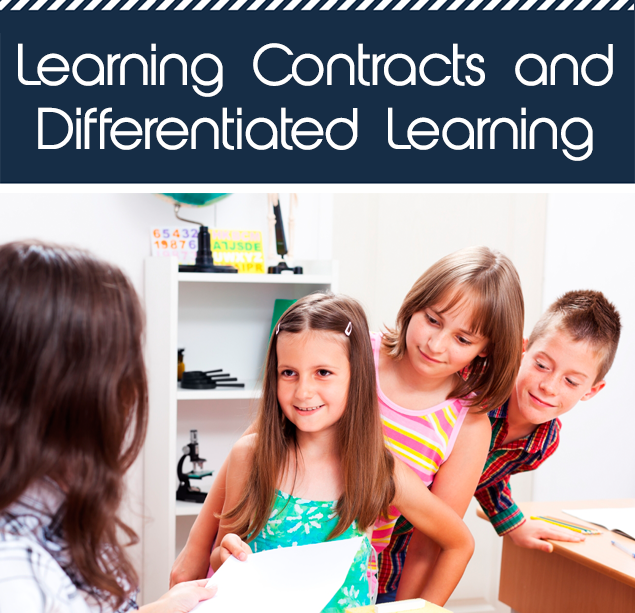How can Teachers Ensure Better Learning Outcomes using a Learning Contract?
Posted by Network Support · Leave a Comment
Develop a learning contract with students that set clear goals and encourages them to learn. Use these contracts to build the learning skills of the students as they grow and excel in the classroom together and individually.
What is a learning Contract?
A learning contract is an agreement between the student and the teacher that showcases the importance of specific learning outcomes that the student is expected to reach throughout the year. Learning contracts are considered both a teaching strategy and an assessment tool that will encourage self-directed learning. The learning contract allows the student to work independently with more freedom while maintaining the curriculum and instructional objectives provided by the teacher. More responsibility is given to the student and the student understands to a greater level what is expected of them and what their role is in reaching these goals. The learning that happens in the classroom becomes a partnership between the teacher and the students.
A Learning Contract may include:
- Learning goals to be met by the student
- Time period for completing these goals
- Assessment done by the student
- Assessment done by the teacher
A learning contract acts as a base for all student learning in the classroom. After the teacher and the students establish the base, the teacher is able to identify those students who are gifted and are capable of more than what was initially expected of them. The teacher is then able to use tiered instruction to adapt to the learning levels of the students in the classroom.
What is Tiered Instruction?
Tiered instruction is simply the use of various difficulty levels of the same activities that build on prior knowledge and ensure continued growth. While this may seem complicated, it is actually very manageable for teachers.
Tiered instruction includes both individual activities and small group work. It works best when two to five different levels of learning readiness are established in the classroom. There is a need for ongoing assessment and flexibility within tiered instruction. This allows for students to move from one level to another as needed. It is important to encourage each student to learn to the best of their ability. This is why differentiated learning is crucial. No student should be left behind or held back in the classroom. The following are tiered learning strategies that teachers can implement in their classroom to help each individual learner reach their goals and beyond:
- Learning stations and interest centers planned by the teacher or students
- Guided research studies that integrate technology and research skills
- Independent research studies that expound upon topics covered in the classroom
- Paired tutoring that allows a greater depth of the subject for the tutor and helps meet the learning goals of the other student as well
A learning contract is a helpful tool to make learning objectives clear in the classroom. Each student knows what is expected of him or her and what their role is in the learning process.
More responsibility is given to the student and the student understands to a greater level what is expected of them and what their role is in reaching these goals.The learning that happens in the classroom becomes a partnership between the teacher and the students.
Like this article for teachers?
Browse the Professional Learning Board COURSE CATALOG to find related online courses for teachers in your state. Professional Learning Board is a leading provider of online professional development classes that teachers use to renew a teaching license or renew a teaching certificate.





